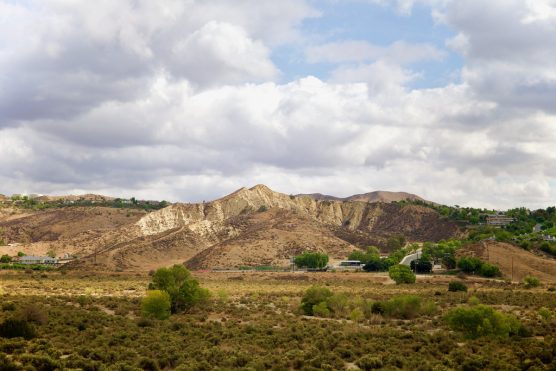August is Valley Fever Awareness Month. Valley Fever is caused by breathing in dust that contains coccidioides spores, a fungus.
Southern California is a known endemic area for Valley Fever. Common symptoms of Valley Fever are fatigue, tiredness, cough, fever, shortness of breath, headache, night sweats, muscle aches or joint pain and/or rash on upper body or legs.
Many infected individuals exhibit no symptoms or have a mild respiratory illness, but some individuals develop a severe illness such as pneumonia, meningitis, or dissemination when the fungus spreads to many parts of the body. Because of the wide range of clinical presentations, only the most severe cases are usually reported to the health department.
Blacks, Latinos, Native Americans, Filipinos, males, pregnant women, the very young under age 5, elderly and immunocompromised individuals are at high risk for severe disease.
There is no prevention or vaccine at this time.
Avoiding activities associated with dust and airborne dirt of native desert soil is recommended, but it is not a certain means of prevention, as the dust may or may not contain coccidioides spores.
People working in certain occupations such as construction, excavation, agricultural work, archaeological digging, or pursuing activities like biking or driving ATVs which disturb soil in endemic areas, may have an increased risk of exposure and disease. Earthquakes that have occurred in endemic areas of California have also resulted in increased cases of Valley Fever.
The highest incidence of Valley Fever is usually reported in the months July through October.
Valley fever isn’t contagious. It doesn’t spread from person to person like the common cold or flu.
For information, visit Learn About Valley Fever.



Like this:
Like Loading...
Related





 Tweet This
Tweet This Facebook
Facebook Digg This
Digg This Bookmark
Bookmark Stumble
Stumble RSS
RSS































REAL NAMES ONLY: All posters must use their real individual or business name. This applies equally to Twitter account holders who use a nickname.
0 Comments
You can be the first one to leave a comment.